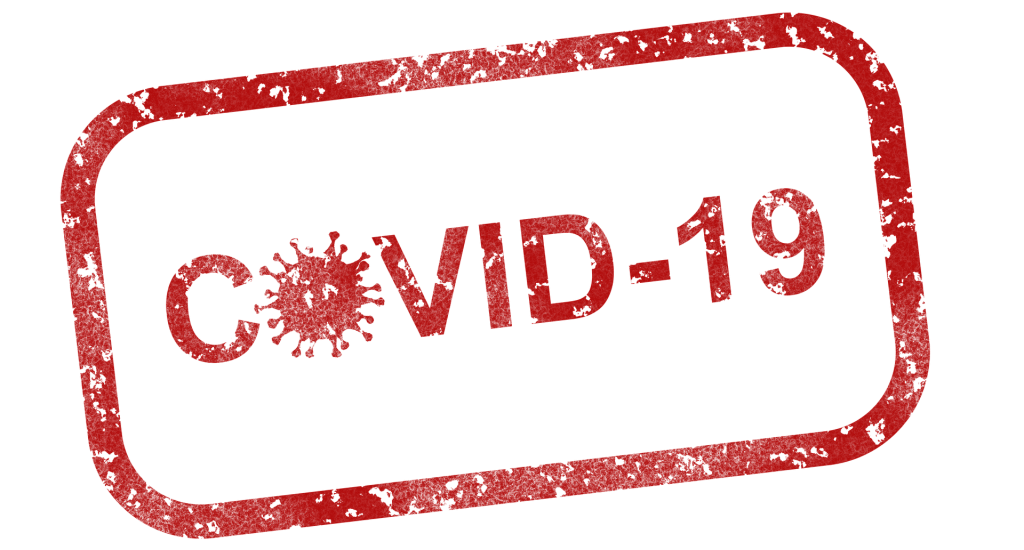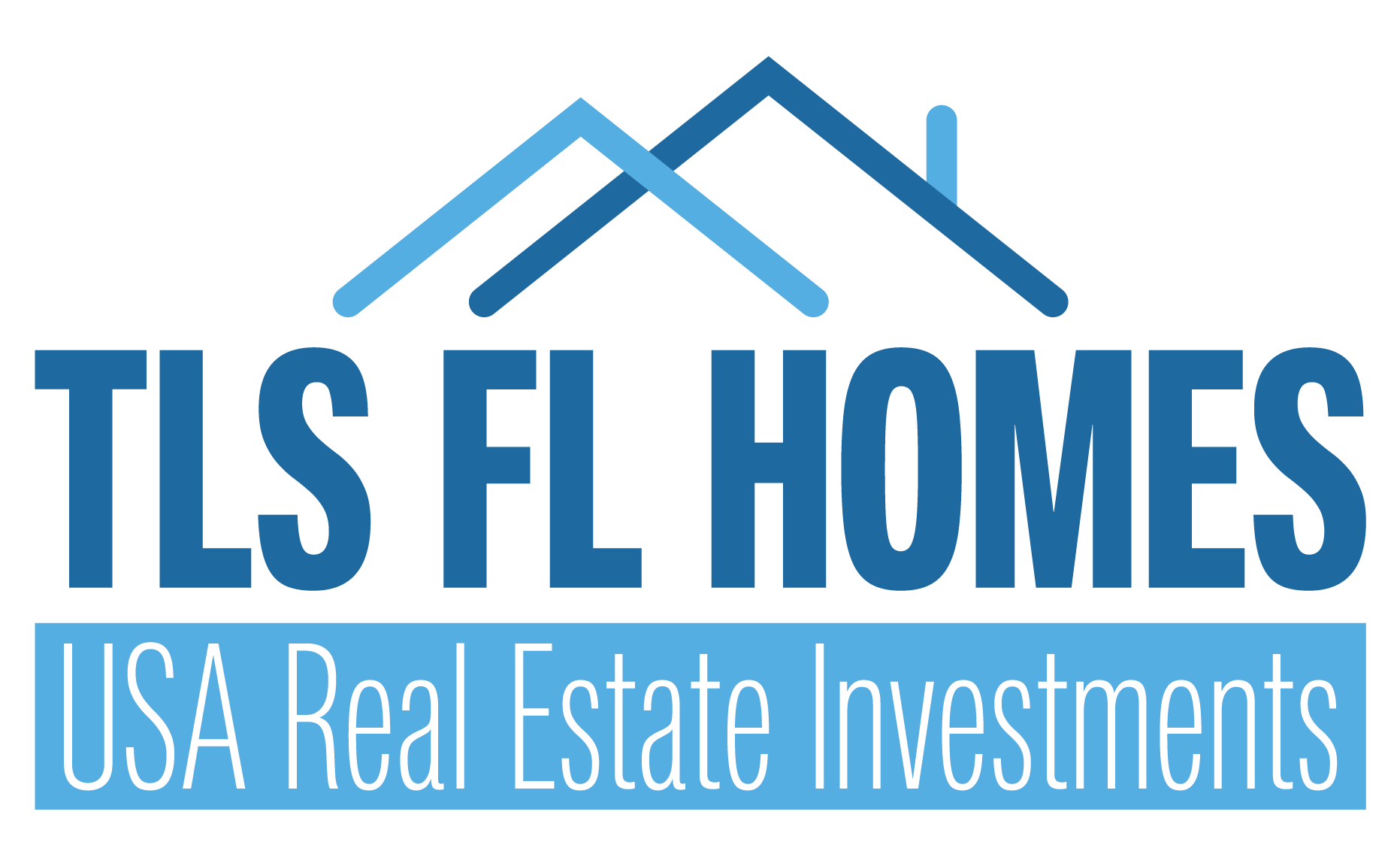US Real Estate Market - The Day After The COVID-19 Crisis
 The COVID-19 crisis of 2020 hit us in early on in March causing a lot of uncertainty in much of our lives. Whether it’s the lack of routine in the educational institutions, the closure of businesses around us or our own jobs keeping us at home, this unprecedented pandemic has turned our lives upside down. Therefore I would like to address the effects of the current situation on the US real estate market, And most importantly, how can we take advantage of the situation that has risen in order to find good investment opportunities?
The COVID-19 crisis of 2020 hit us in early on in March causing a lot of uncertainty in much of our lives. Whether it’s the lack of routine in the educational institutions, the closure of businesses around us or our own jobs keeping us at home, this unprecedented pandemic has turned our lives upside down. Therefore I would like to address the effects of the current situation on the US real estate market, And most importantly, how can we take advantage of the situation that has risen in order to find good investment opportunities?
Firstly lets dispel some of the untruths in the comparison between the 2008 economic crisis and the COVID-19 crisis we are facing today. So let’s start with what happened in 2008. In the period before the economic crisis in 2008, US banks would give a lot of LIBOR mortgages (Mortgage with a variable interest rate linked to the London banks’ indices). In fact what this caused was for example many would go to bed with an 8 percent interest rate and would wake up with an interest rate of 15 and even 20 percent. No stability was assured.
Another factor that has changed since 2008 is the introduction of the “Dodd-Frank” reform (Dodd-Frank Wall Street Reform Act). The reform took effect in 2010 to prevent the crisis of 2008 from reoccurring. This basically promotes US financial stability by increasing the transparency of the financial system. It puts an end to the “Too Big To Fail” approach and contributes to the protection of the taxpayer.
So what has actually changed from 2008 to the present day and how does it affect us as investors dependent on US economic stability? In the past it was much easier to get a mortgage compared to today. For example, in the past you did not require proof of income, decent credit score it was enough just to declare. Furthermore, it is important to note the supply in the real estate market was much more abundant in the past than the demand, The market was saturated and in fact when the crisis burst the real estate bubble “exploded”.
So what will happen the day after the COVID-19 crisis and what will the US real estate market look like? Today you have to pay several payments in advance and of course your credit score must be higher than it was prior the crisis in addition to proof of income, This contributes to the promise that you can meet your mortgage payments, however, along with the ongoing shortage of properties the market is still on the rise. additional assurance for today’s investors is government assistance in renters expense. US banks have also joined the efforts by extending mortgage payment periods in order to reestablish financial balance in the real estate market.
How was the US real estate market effected by the virus? As we noted property prices already were on the rise prior to the pandemic and more so following, This is due to the fact that supply fails to keep pace with demand. As there are a lot of disruptions to the pace of construction with many workers absent from work for health reasons we expect the pace of construction to slow down even further. Looking ahead, real estate forecasts suggest that real estate prices will keep rising as once life resumes much demand for property will arise and a more substantial shortage will be apparent.
Data from the MLS.COM website suggests that in 2015 the percentage of the sale amount of the assets in relation to the price displayed ranged from 95.5 to 98.9 percent but after the outbreak of the crisis this percentage has risen and now from June it stands at 100%. In addition, we see that the price per square foot (SqFt) has been steadily rising since 2015 Whereas the amount of properties for sale each month in Ohio dropped from 7,783 in January 2015 to 4,227 last September.
In light of these data in addition to our conversations and consultations with our US partners we do not anticipate a large amount of bankruptcies or financial losses, the opposite is true.
